About Indices
Indices are financial derivatives that are calculated as a weighted average of share prices of top performing companies listed on the exchange. Trading indices is a balanced way to trade on the world’s top financial markets without having to analyze the performance of an individual company stock.
Trading indices online is a best way to speculate on the world’s top financial markets and keep ahead of the top stock markets.
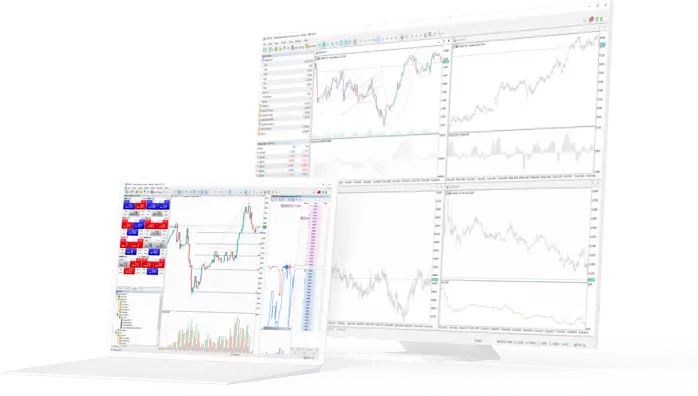
20+ world’s famous stock indices
Trade in the low risky market with tight spread
Benefit from the global economic situation
Speculate easily predictable sector
Leverage upto 1:200
- Spot
- Futures
| Name | Country | Symbol | Min Price Fluctuation |
Spread as low as |
Avg Spread | Margin % | Contract Size | Profit Currency | Long Swap Value in Points |
Short Swap Value in Points |
3 day Swap | Limit/Stop levels | Trading Hrs - GMT +2 |
|---|
| Name | Country | Symbol | Min Price Fluctuation |
Spread as low as |
Avg Spread | Margin % | Contract Size | Profit Currency | Limit/Stop levels | Trading Hrs - GMT +2 |
|---|

Index trading hours (GMT+2 time zone, please note DST may apply)Monday – Friday: 00:05 – 23:50
Stop/Limit Order levels may vary during news or unusual market conditions without prior notice
The average spreads indicated here are calculated throughout the day. They tend to be narrower under normal market conditions. However, spreads may widen as a result of important news announcements, during political uncertainty, because of unexpected events that can lead to volatile market conditions, or at the close of the business day, or at the weekends when liquidity is lower. During such volatile and illiquid market conditions most liquidity providers quote spreads larger than normal. At such times, spread may increase.
Swap rates are calculated according to the Index currency’s relevant interbank rate. Long positions are charged with the relevant interbank rate plus a mark-up, and short positions receive the rate minus a mark-up. The operation is conducted at 00:00 GMT+2 time zone (note that DST may apply).On Friday the swap is charged for three days. For future CFDs there is no daily swap charges.
The margin is always calculated using Lager Leg when you Hedge the Positions on CFDs.
The margin requirement for CFDs is calculated like this : Lots x Contract Size x Opening Price x Margin Percentage and not based on the leverage of your trading account.
Frequently Asked Question
Popular Indices from ACROSS THE WORLD
A stock market index should capture the behavior of the overall equity market. Movements of the index should represent the returns obtained by "typical" portfolios of a country.
They reflect the changing expectations of the stock market about future dividends. When the index goes up, it is because the stock market is optimistic and thinks that the prospective dividends in the future will be better than previously thought. When prospects of dividends in the future become pessimistic, the index drops.
Popular indices traded include the US30, SPX500, NAS100, GER30 and UK100. You will find all these in Winstone Prime.
Spot Indices and Future Indices are the types of Indices. Index futures are futures contracts where a trader can buy or sell a financial index today to be settled at a future date. Index futures are used to speculate on the direction of price movement for an index such as the S&P 500. Unlike the futures derivatives market, spot indices do not have expiry dates and can be used for both short- and long-term strategies.
Index CFDs have no settlement periods, short selling is available and you only pay the spread. With CFDs, you can scalp the market much more easily, decrease your risk exposure and be able to enter the market with lower capital requirements in your account.
1. What should a stock market index be?
A stock market index should capture the behaviour of the overall equity market. Movements of the index should represent the returns obtained by "typical" portfolios of a country.
2. What do the ups and downs of an index mean?
They reflect the changing expectations of the stock market about future dividends. When the index goes up, it is because the stock market is optimistic and thinks that the prospective dividends in the future will be better than previously thought. When prospects of dividends in the future become pessimistic, the index drops.
3. What are the popular indices of the world?
Popular indices traded include the US30, SPX500, NAS100, GER30, and UK100. You will find all these in Winstone Prime.
4. What are the types of indices?
Spot Indices and Future Indices are the types of Indices. Index futures are futures contracts where a trader can buy or sell a financial index today to be settled at a future date. Index futures are used to speculate on the direction of price movement for an index such as the S&P 500. Unlike the futures derivatives market, spot indices do not have expiry dates and can be used for both short- and long-term strategies.
5. What is the advantage of trading Index CFDs?
Index CFDs have no settlement periods, short selling is available and you only pay the spread. With CFDs, you can scalp the market much more easily, decrease your risk exposure and be able to enter the market with lower capital requirements in your account.
 Home
Home Funds
Funds Partners
Partners Get Help
Get Help FAQ
FAQ Chat With Us
Chat With Us Contact Us
Contact Us Call Back Request
Call Back Request Sign Up
Sign Up Cabinet
Cabinet
 About Us
About Us  Client Protection
Client Protection Account Types
Account Types Funding
Funding Trading Conditions
Trading Conditions Forex
Forex Commodities
Commodities Indices
Indices Cryptos
Cryptos Stocks
Stocks Bonds
Bonds MetaTrader 5
MetaTrader 5 FIX API
FIX API New to Forex
New to Forex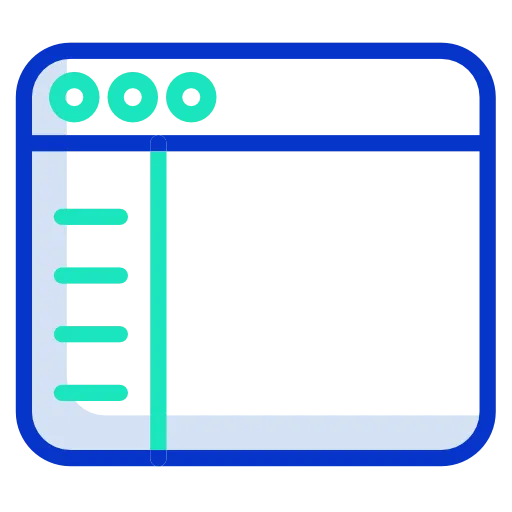 Forex Glossary
Forex Glossary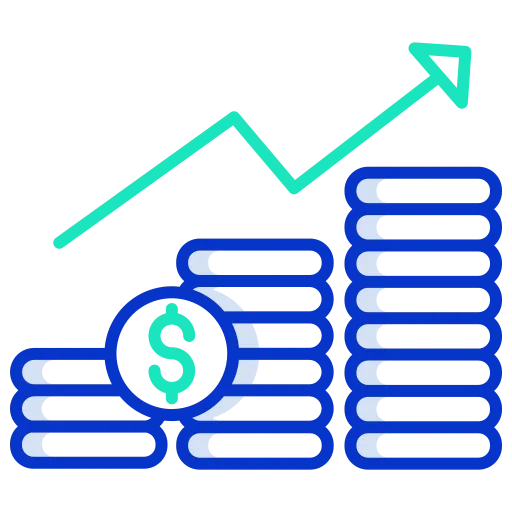 Traits of Successful Traders
Traits of Successful Traders Articles
Articles Ebooks
Ebooks Trading Strategies
Trading Strategies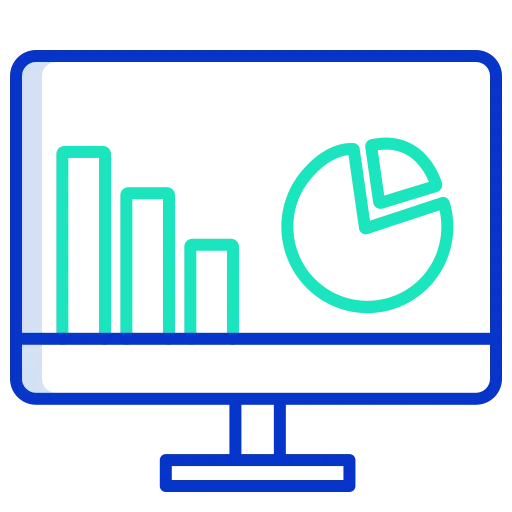 Daily Forecast
Daily Forecast Market Insights
Market Insights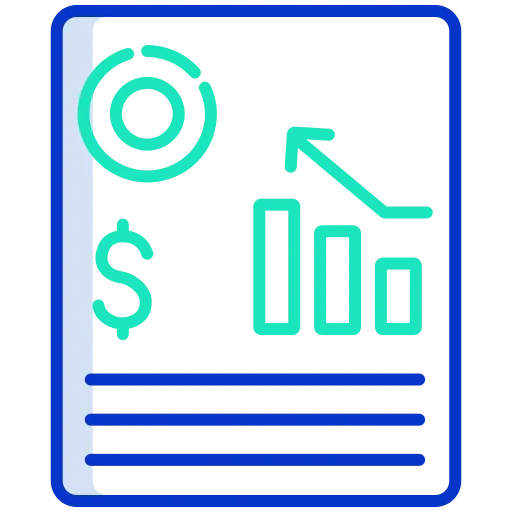 Weekly Forecast
Weekly Forecast Live charts
Live charts Economic Calendar
Economic Calendar Market Sentiment
Market Sentiment